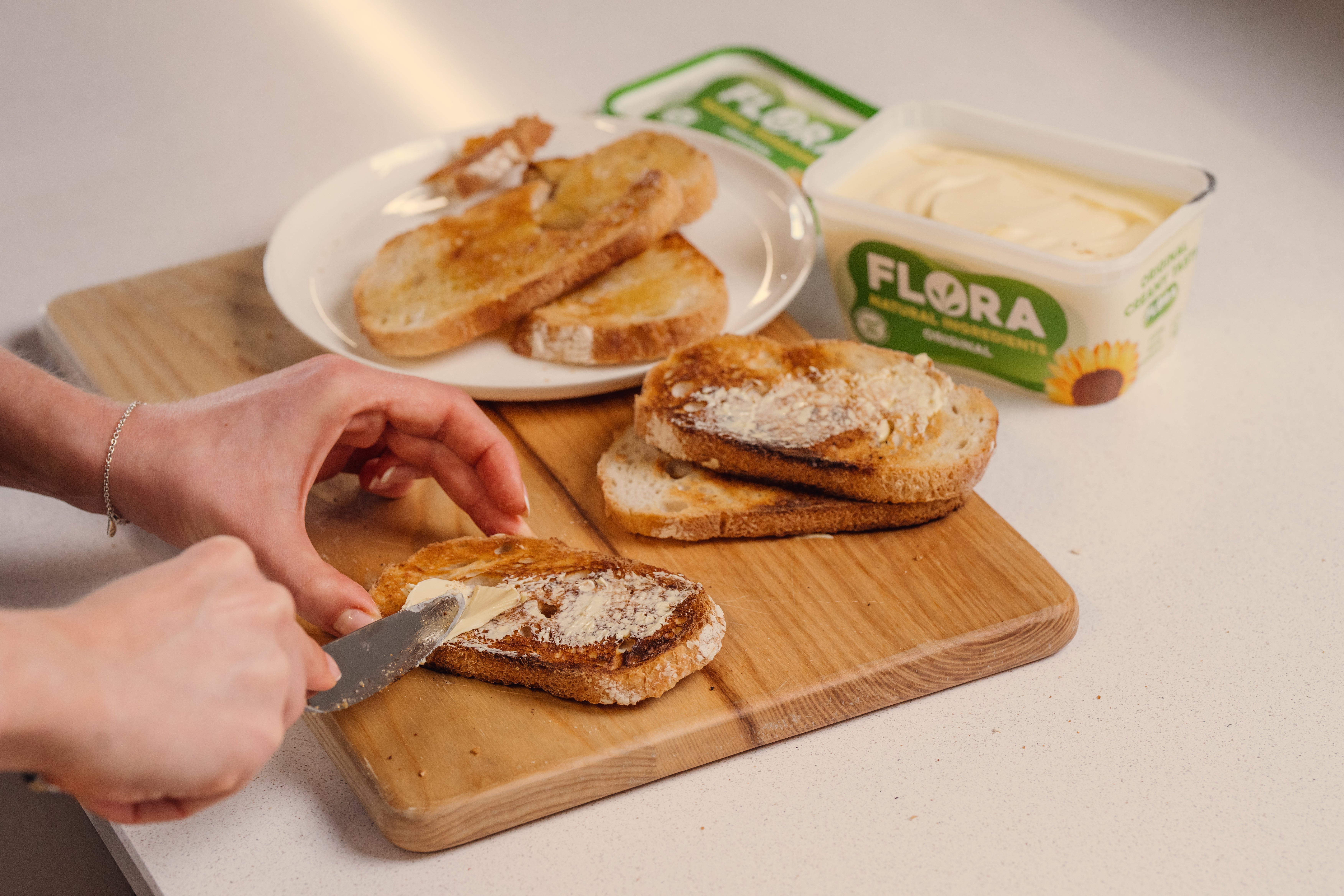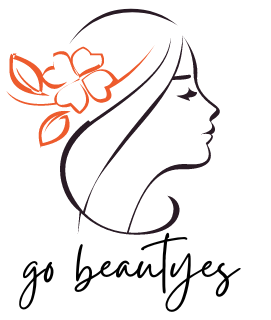To cut long layers, start with damp hair and establish a baseline at the longest point. Use vertical sectioning and point-cutting techniques to create graduated layers.
Crafting long, flowing layers can breathe new life into your hairstyle, giving it movement and volume. This classic hair-cutting technique tailors the length and fullness to flatter any face shape and hair texture. Perfect for those wishing to add dimension without sacrificing size, long layered cuts are versatile, allowing both sleek and voluminous styling options.
The process involves precise snipping that transitions smoothly from one length to another, creating a seamless blend of layers. With a little practice and the right tools—sharp scissors, a comb, and clips—you can transform your hair with stylish layers that cascade effortlessly from crown to tips. Remember to maintain balance and proportion to enhance your natural features and achieve that salon-quality look at home.
Table of Contents
Understanding Long-Layer Haircuts
Embracing a long-layer haircut is a fabulous way to add dimension and movement to your hair. This timeless style works wonderfully to create depth and can also aid in reducing weight from thicker tresses. This guide delves into what makes long layers so versatile and how they can complement various hair types. Prepare to transform your look and inject a breath of fresh air into your hairstyle with the magic of long layers.
What are long layers?
Long layers refer to cutting hair into varying lengths, creating an illusion of volume and length. The longer layers maintain the length of your hair, while the shorter layers are snipped in to add shape and texture, resulting in a fluid and cohesive look. This layering method avoids the choppy and segmented appearance that can occur with shorter, more traditional layers, providing a softer transition and a more natural flow of the hair.
Suitability For Different Hair Types
One of the advantages of long layers is their ability to tailor to many hair textures and densities.
- Fine Hair: Layers can give an illusion of thickness and volume to fine strands, making hair appear more buoyant.
- Thick Hair: Removing weight from heavy hair becomes a breeze with long layers, aiding in better manageability and reducing bulk.
- Wavy or Curly Hair: Long layers can enhance natural curls and waves, giving a more defined shape without causing a frizzy appearance.
- Straight Hair: Sleek hair can gain more dimension and movement with layers strategically placed to break up the uniformity.
Long layers can be adjusted to complement your unique texture, regardless of your hair type. Always consult your hairstylist to determine the ideal layering technique that ensures balance and harmony with your overall style.

Credit: www.independent.co.uk
Preparing For Long-Layer Haircut
Welcome to your ultimate guide to preparing for a long-layered haircut. The allure of long layers lies in their ability to add volume, movement, and style to your locks, crafting a look that’s as effortless as it is beautiful. But before you embark on the transformation, a little preparation can go a long way. Getting ready for your salon visit or at-home hair makeover is crucial for ensuring perfect layers that fall just right. Let’s delve into the tools needed and the steps to prepare your hair for the cut.
Tools Needed
The right tools are critical for achieving a professional-looking long-layer haircut. Here’s what you’ll need:
- Hair-cutting shears: Invest in a pair of sharp, high-quality shears for clean cuts.
- Comb: a fine-toothed comb for precise sectioning and a wide-toothed comb for untangling.
- Hair clips: These will help you section your hair efficiently and hold layers out of the way.
- Flat iron or blow dryer: for smoothing hair before cutting to ensure even layers.
- Mirror: A second mirror is beneficial for checking the back of your hair as you cut.
Preparing The Hair
Proper hair preparation can make the difference between a good haircut and a great one. Follow these steps:
- Wash and condition: Begin with clean and hydrated hair. Use a gentle shampoo and a moisturizing conditioner to remove any buildup and ensure smooth cutting.
- Dry and detangle: Pat your hair dry with a towel to remove excess moisture. If needed, use a blow dryer to achieve a completely dry mane. Untangle any knots using your comb to prevent snags while cutting.
- Straighten: If you have wavy or curly hair, use a flat iron to straighten it. Straight hair reveals your ends clearly, enabling more accurate cuts.
- Section Your Hair: Use your comb and clips to divide your hair into manageable sections. This helps create uniform layers and ensures no strand is missed.
- Prepare Your Workspace: Make sure you have adequate lighting and a comfortable seat. Place your tools within easy reach to streamline the cutting process.
With these preparations, you’re all set to achieve long, flowing layers that add dimension and movement to your hair. Remember, the key to a successful haircut lies in meticulous preparation and having the right tools at your disposal.
Expert Tips For Cutting Long Layers
Transforming long hair into a layered masterpiece requires precision and technique. Long layers add movement and interest to your hair, giving you a fresh and modern look without sacrificing length. To achieve that effortless, salon-quality style at home, follow these expert tips for cutting long layers. With the right approach, the added dimension brings out the best in your hair’s natural texture and volume.
Sectioning The Hair
Achieving the perfect layered cut starts with proper sectioning. An organized approach ensures each snip is deliberate and symmetrical. Begin by combing your hair to remove any tangles. Create four sections by parting the hair from the middle of the forehead straight back to the nape and then from ear to ear. Clip each section securely. This strategy allows for control over the hair, making it easier to handle and providing a roadmap for where to cut.
- Top Section: The crown area typically requires softer, feathered layers.
- Side Sections: Focus on framing the face with tapered ends.
- Back Section: Maintain length while adding volume and texture.
Cutting Techniques
With your hair neatly sectioned, move on to the cutting phase. Professionals often use the point-cutting technique to create natural-looking layers that blend seamlessly. Hold the hair out from the head at a 90-degree angle and snip into the ends vertically rather than horizontally. This method avoids harsh, blunt lines.
For those looking for a subtle layering effect, slithering, also known as ‘slicing,’ helps thin out the ends for a more gradual transition between lengths. Slide the scissors down the length of the section with the blades partially open, trimming a small amount of hair at a time.
- Start with the lowest section at the back.
- Work your way up to maintain control over the desired length and volume.
- Regularly check for balance and symmetry by bringing your hair to the front.
Recommended Styles For Long Layers
Long layers suit a wide array of styles, inviting creativity and personal flair. Whether you have straight, wavy, or curly hair, layers add depth and dimension. Popular choices include:
| Style | Description |
|---|---|
| Face-Framing Layers | Shorter layers around the face open up your features and add softness. |
| V-Cut Layers | Creates a ‘V’-shaped point on the back, giving the look of longer hair. |
| U-Cut Layers | A more subtle version of the V-cut that’s perfect for natural waves. |
Remember, layered cuts require maintenance to keep their shape. It’s suggested to trim your hair every 6-8 weeks. Long layers are indeed a stylish cut that will spice up your look while preserving the length you love.
Finishing And Styling Long Layers
Embarking on the journey of finishing and styling long layers can feel almost as refreshing as the first snip. Whether you’ve just shuffled out of the stylist’s chair or perfected your DIY cut at home, the dynamic look you’ve achieved now teeters on the brink of potential. Long layers create movement, add volume, and offer versatility in styling. Now it’s time to blend and style those layers flawlessly, keeping them looking fabulous long-term.
Blending The Layers
The art of blending is what takes your layered haircut from good to fantastic. Proper blending eliminates any harsh lines and ensures a seamless transition between different lengths.
- Use thinning shears gently on the ends to soften the edges of each layer.
- Check the balance by bringing sections of hair to the front. They should taper smoothly from short to long.
- Inspect the layers from all angles to guarantee a uniform shape.
Styling Options For Long Layers
Long layered hair opens a world of styling possibilities. Whether you prefer a sleek, polished look or strive for beachy waves, there’s a style for every occasion.
- For straight, sleek hair: Use a flat iron to smooth hair, turning ends slightly inwards for a polished finish.
- To enhance natural waves, Apply a texturizing spray and scrunch for an effortless, beach-inspired vibe.
- For curls with bounce, wrap sections around a large barrel curling iron, leaving the ends out for a modern twist.
Maintenance Tips For Long Layers
Maintaining your long layers is essential for keeping your hair healthy and your style looking fresh.
| Tips | Benefits |
|---|---|
| Trim regularly | It prevents split ends and maintains the shape of the layers. |
| Deep conditioning treatments | It keeps hair strong and minimizes damage, which can be more pronounced in layered styles. |
| Avoid overwashing | Preserves natural oils and texture, which help layers look defined and vibrant. |
Professional Advice For Maintaining Long Layers
Crafting long layers requires precision and technique to amplify your hair’s natural flow. Expert stylists suggest regular trims and recommend the right tools for a flawless, voluminous look.
Maintaining long layers requires not only a flair for style but also a commitment to proper haircare routines. Long layers can create magical volume and movement, transforming your locks into a luscious cascade. Yet, those effortless waves demand attention to detail to keep them looking salon-fresh. Fear not, as with the right tricks up your sleeves, this is easier than you think.
Recommended Haircare Products
Impeccably long layers start with the right foundation: supreme haircare products to nourish and protect your tresses. Invest in a high-quality, sulfate-free shampoo to cleanse without stripping away natural oils. Next, a conditioner that targets your hair type will keep those layers supple and manageable. Don’t overlook the importance of a leave-in conditioner or detangler for additional moisture and ease in styling. Then, heat-protectant sprays are essential to shield your hair from damage caused by styling tools.
- Sulfate-free Shampoo
- Moisturizing Conditioner
- Leave-in Conditioner/Detangler
- Heat Protectant Spray
Trimming Frequency
While long layers are designed to grow out beautifully, regular trims are non-negotiable. Keep your hair’s shape and health intact by scheduling trimming appointments every 6 to 8 weeks. This routine ensures dead ends and uneven layers become a thing of the past. Remember, even if you grow your hair longer, these trims are pivotal for maintaining the look and overall health of your hair.
| Hair Type | Trimming Frequency |
|---|---|
| Fine Hair | 6-7 Weeks |
| Medium Hair | 7-8 Weeks |
| Thick Hair | 8-10 Weeks |
Final Tips For Long-Layer Maintenance
Firstly, be gentle when detangling; work from the ends upwards to prevent breakage. Embrace low-heat styling to minimize damage, and try overnight braids or buns for heatless waves. Consider a weekly deep-conditioning treatment, especially if you use heating tools frequently. Similarly, using a microfiber towel or a t-shirt instead of a rough bath towel can significantly reduce frizz and breakage. Lastly, protect your layers at night with a silk pillowcase to reduce friction and smooth those strands.
- Detangle gently from ends to roots.
- Opt for low-heat or heatless styling.
- Indulge in weekly deep-conditioning treatments.
- Pat dry with a microfiber towel or tepid t-shirt.
- Sleep on a silk pillowcase to prevent friction.
Frequently Asked Questions Of How To Cut Long Layers
Can anyone cut long layers at home?
Yes, with the right tools and techniques, anyone can cut long layers at home by following a step-by-step guide.
What tools are needed to cut long layers?
You’ll need sharp hair-cutting scissors, a comb, hair clips, and a mirror to cut long layers accurately.
How Do I Section Hair for Layering?
Start by dividing your hair into manageable sections, securing them with clips, and cutting each section individually to create layers.
What’s the Best Technique for Even Layers?
The best technique is comb-and-slide, cutting at a consistent angle to ensure even layers throughout the hair.
How Often Should I Trim Long Layers?
To maintain the shape and health of long layers, a trim every 6–8 weeks is generally recommended.
Conclusion about How to Cut Long Layers
Mastering the art of cutting long layers at home can elevate your hairstyling game. Anyone can achieve salon-quality results with practice, patience, and the right tools. Remember to take it slow, follow each step, and trust your instincts. Unlock the secrets of gorgeous, flowing layers and watch your hair transform.
Ready, set, snip!





